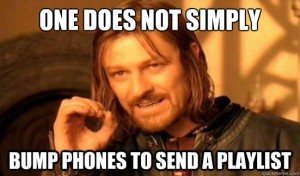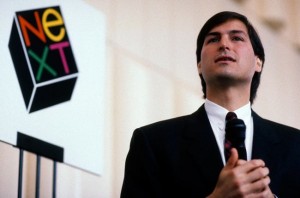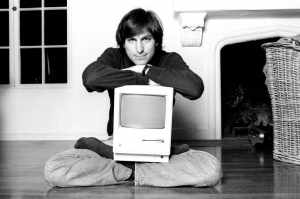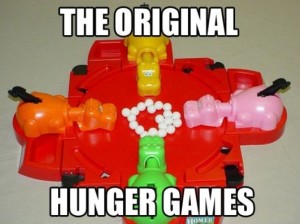
Today I woke up hungry hungry!
Thinking back to day two of my ten-day juice fast, I realized I only had 4 juices instead of five. So it made some sense that I was a little hungry when I went to bed last night. But wow, when I woke up, I felt hunger like I don’t remember feeling in a long time! I had to go to an early morning meeting, so I took a shower, got ready, and grabbed a juice I had made the day before to take along with me. Oddly, while I was driving, I realized that my hunger had subsided quite a bit. What is it with me and not being hungry in the morning?
That being said, the rest of the day was fairly non-eventful. I wasn’t really craving much at all, until dinner time. Darn my sense of smell! But I’m still here, juice-faithful for day three. I’ve learned a few things that I’d like to share.
I’m recognizing the difference between real hunger and cravings. Like I mentioned above, real hunger is something I don’t remember feeling in a long time. What I’ve thought of as hunger I think have simply been strong cravings. Cravings can come on by seeing food, smelling food, or even just thinking about food. The worst is thinking about food. So far I simply need to keep myself busy and I can keep my mind off food.
I juiced some ginger tonight. If you’ve never done that before, be prepared to get a strong whiff of ginger! I probably put a little too much ginger in tonight’s juice, but now I’m excited to try making my own ginger ale!



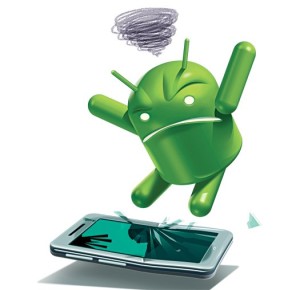 It continues to amaze me what a mess the Android platform is. Take two articles from last month:
It continues to amaze me what a mess the Android platform is. Take two articles from last month: 
